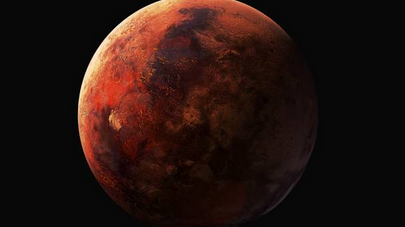There are currently three different Mars rovers (two from NASA and one from China) puttering around the surface of the Red Planet with the express purpose of trying to find signs of past or present alien life. However, they might not find anything—not because extraterrestrial life on Mars doesn’t exist, but because it has simply found its way underground.
A new study run by Northwestern University scientists and published in the journal Astrobiology has found that ancient bacteria would have the ability to survive under the surface of Mars for much longer than we previously thought. Those buried microorganisms would be guarded from solar radiation that penetrates through the Martian atmosphere, while still living relatively close to the surface.
The new results suggest that our best bet for finding any evidence of current life on Mars would be to advance missions that can drill and extract samples at least two meters below the surface.
There may be 4 quintillion alien spacecraft buzzing in our Solar System
That’s great news for missions like ExoMars run by the European Space Agency, which will include the Rosalind Franklin rover; and the Mars Life Explorer concept pitched by NASA. Both missions would include the ability to drill down into the surface to extract materials.
Read more: The Daily Beast
Ask me anything
Explore related questions





